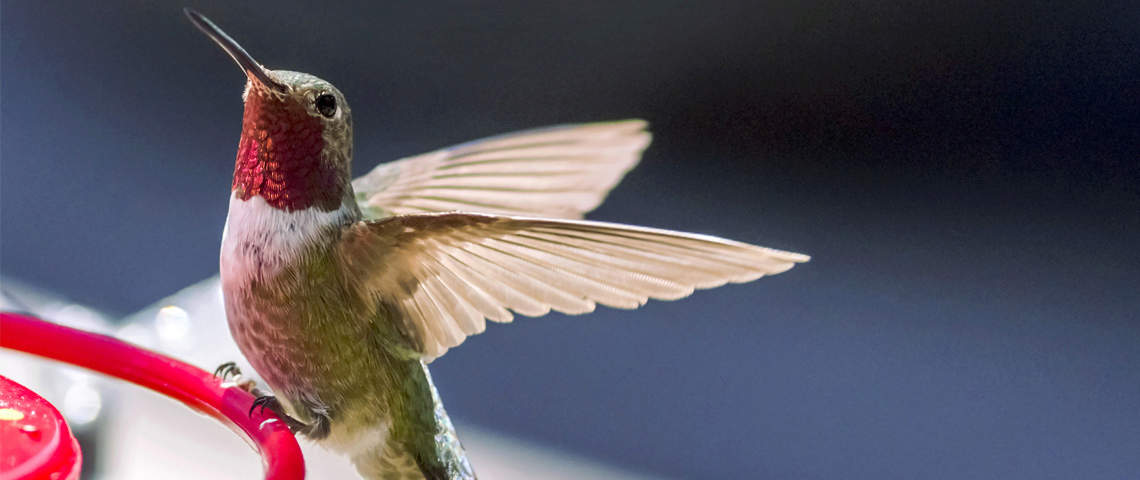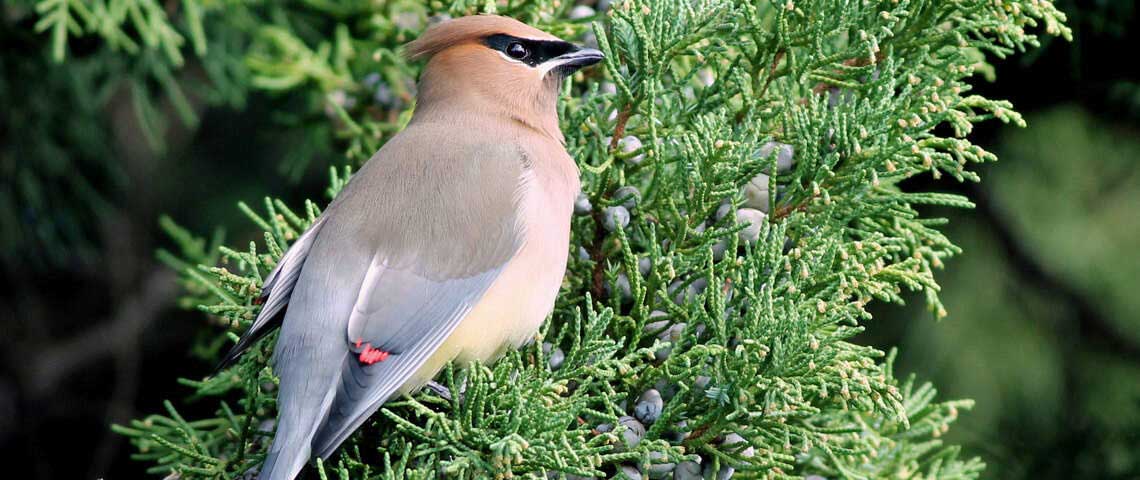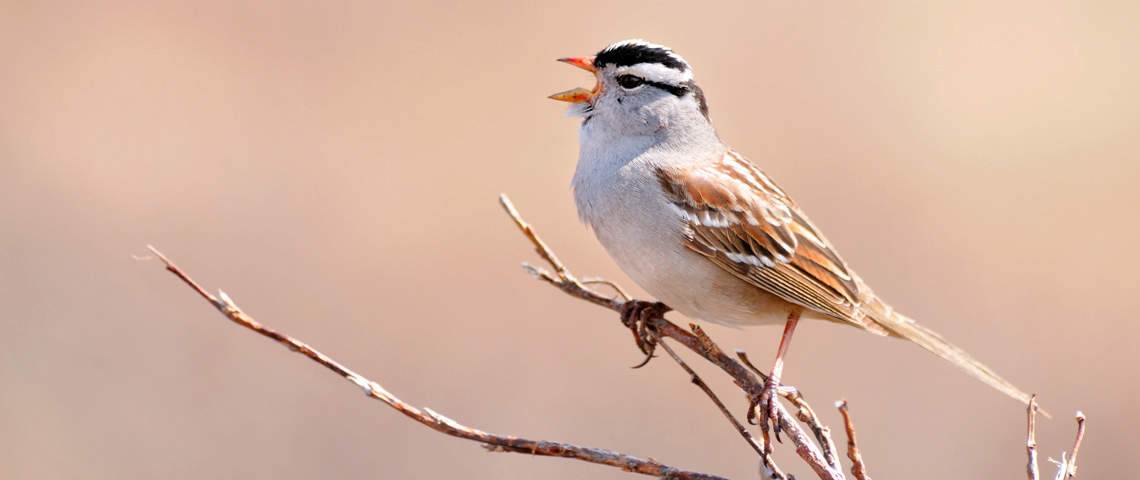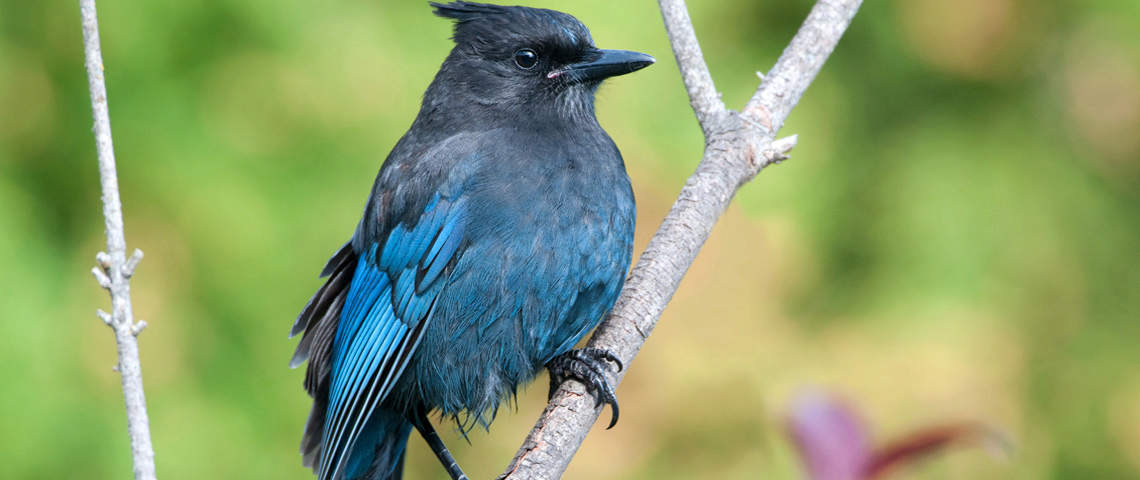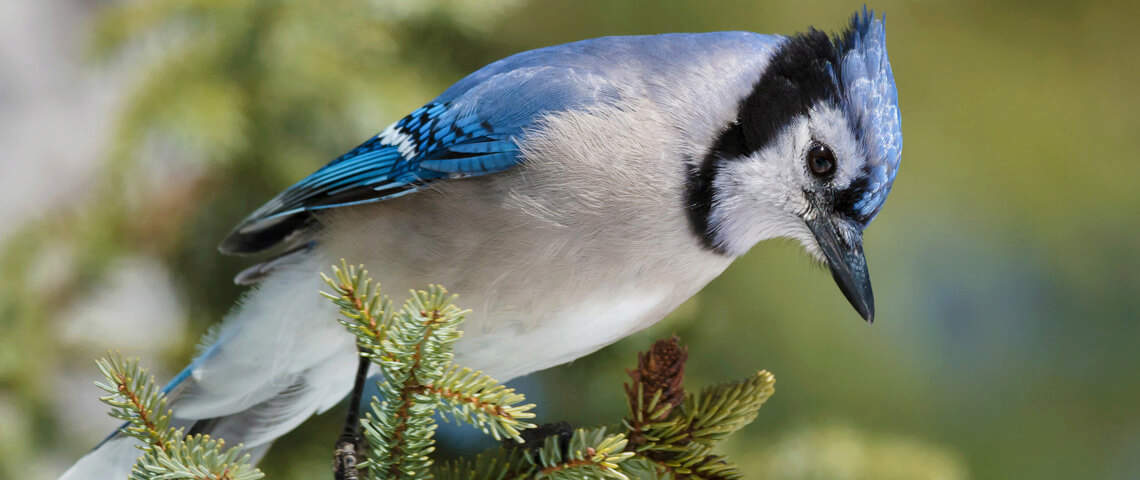Feeding Birds: Nectar
Many birds besides hummingbirds are drawn to flower nectar and/or the sugary running sap of trees. Orioles, several woodpeckers, catbirds, and some warblers may visit hummingbird feeders as well—indeed, many sugar water feeders are built with large enough perches to accommodate orioles. Sugar water can be offered in commercial feeders or simply in shallow bowls (never fill deep enough for even a tiny hummingbird to drown!).
What should you consider when purchasing a sugar water feeder? In almost every situation, it’s wise to have several small feeders. Hummingbirds are extremely territorial around their favorite food supplies, and might squabble.

Also, make sure you check out how easy it will be to take apart a feeder for thorough cleaning. In areas with regularly hot temperatures, drip feeders aren’t a good choice. As the sugar water level goes down, more of the feeder is filled with air, which expands as it warms, forcing more sugar water to drip out.

Where bees or wasps are a problem, wide dish feeders with the ports a millimeter or two above the level of the water can dissuade them while allowing the hummers to reach the sugar water. Make sure the sugar water doesn’t drip onto the surface while you’re filling them or hanging them up, though—that’s a big invitation to wasps! Choose a suspended feeder with a built-in moat or a dish moat filled with water to prevent ants from reaching the feeder.

If you mix your own sugar water, the basic formula is one-quarter cup of sugar per cup of water. This is fairly ideal under all weather conditions. If it’s cold and rainy, you can make the mixture stronger, up to about a third of a cup of sugar per cup of water. Like little children, hummingbirds prefer sweeter, but natural flowers don’t exceed that level of sweetness. During exceptionally hot, dry spells, diluting the mixture to about one fifth of a cup of sugar per cup of water will ensure that the hummers are getting enough water, though a bird bath can provide that, too.

